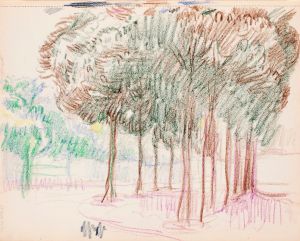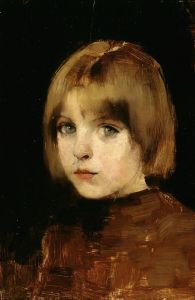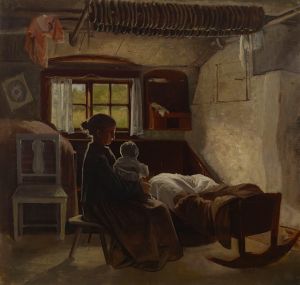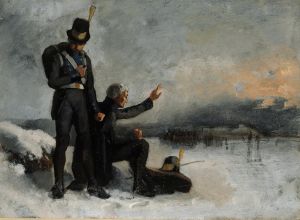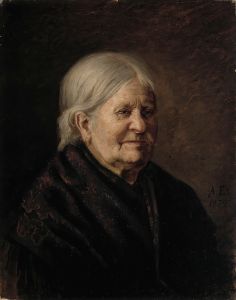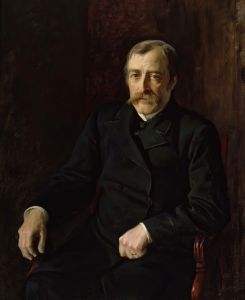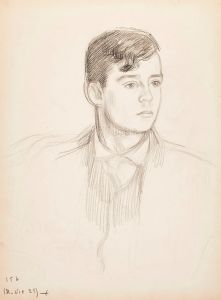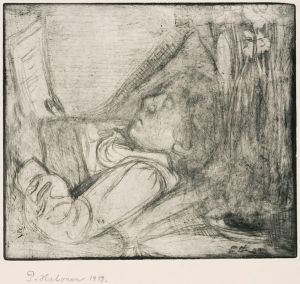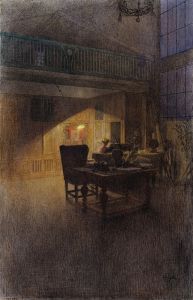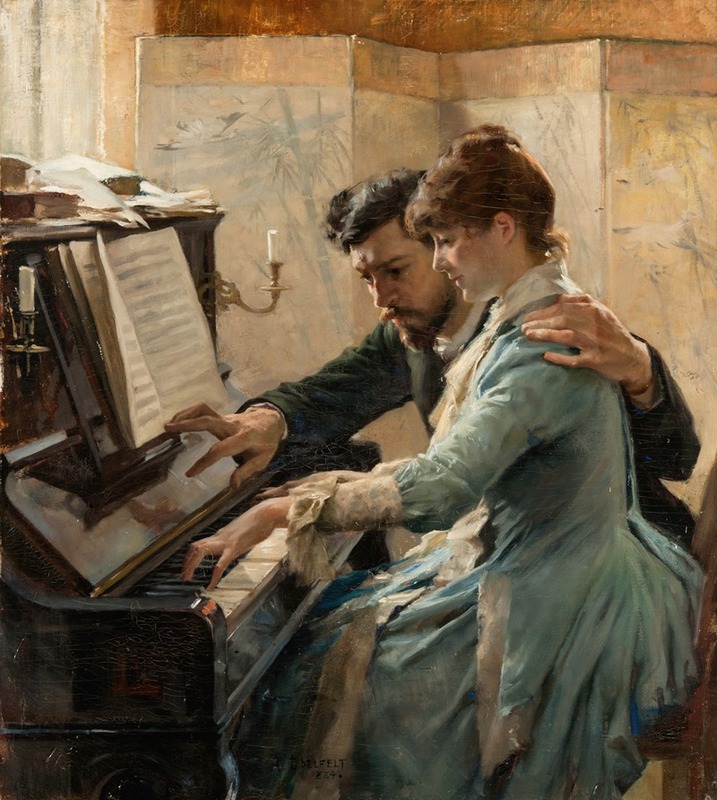
At the Piano
A hand-painted replica of Albert Edelfelt’s masterpiece At the Piano, meticulously crafted by professional artists to capture the true essence of the original. Each piece is created with museum-quality canvas and rare mineral pigments, carefully painted by experienced artists with delicate brushstrokes and rich, layered colors to perfectly recreate the texture of the original artwork. Unlike machine-printed reproductions, this hand-painted version brings the painting to life, infused with the artist’s emotions and skill in every stroke. Whether for personal collection or home decoration, it instantly elevates the artistic atmosphere of any space.
Albert Edelfelt's painting "At the Piano" is a notable work by the Finnish artist, who was a prominent figure in the late 19th and early 20th-century art scene. Edelfelt, born in 1854 in Porvoo, Finland, was a key figure in the Finnish art world and played a significant role in introducing Finnish art to a broader European audience. He was known for his ability to capture the essence of his subjects with a blend of realism and impressionistic techniques.
"At the Piano" was painted in 1884, during a period when Edelfelt was gaining recognition for his portraits and genre scenes. The painting depicts a domestic interior scene, a common theme in Edelfelt's work, showcasing his interest in everyday life and his ability to convey a sense of intimacy and immediacy.
The composition of "At the Piano" features a young woman seated at a piano, absorbed in her music. Edelfelt's attention to detail is evident in the rendering of the piano and the surrounding interior, which includes carefully depicted furniture and decorative elements that suggest a comfortable and cultured environment. The woman's attire and posture reflect the fashion and social norms of the time, providing insight into the lifestyle of the period.
Edelfelt's use of light and color in "At the Piano" demonstrates his skill in creating mood and atmosphere. The soft lighting and warm tones contribute to a serene and contemplative ambiance, inviting the viewer to share in the quiet moment of musical engagement. This approach is characteristic of Edelfelt's broader oeuvre, where he often explored the interplay of light and shadow to enhance the emotional impact of his scenes.
The painting is also notable for its psychological depth. Edelfelt was adept at capturing the inner life of his subjects, and in "At the Piano," the young woman's focused expression suggests a deep connection to the music she is playing. This aspect of the painting reflects Edelfelt's interest in the human experience and his ability to convey complex emotions through his art.
"At the Piano" is part of Edelfelt's larger body of work that includes portraits of notable figures, historical scenes, and depictions of Finnish life. His ability to blend realism with impressionistic elements made his work appealing to both Finnish and international audiences. Edelfelt's paintings were exhibited widely, and he received numerous accolades during his lifetime, contributing to his reputation as one of Finland's most important artists.
Today, "At the Piano" is appreciated not only for its artistic qualities but also for its historical significance. It offers a glimpse into the cultural and social milieu of late 19th-century Finland, as well as Edelfelt's mastery in capturing the nuances of human expression and domestic life. The painting remains an enduring example of Edelfelt's contribution to the art world and his role in shaping the perception of Finnish art in the international arena.





